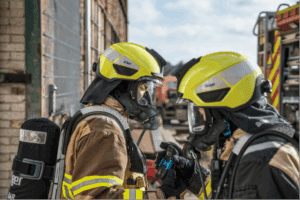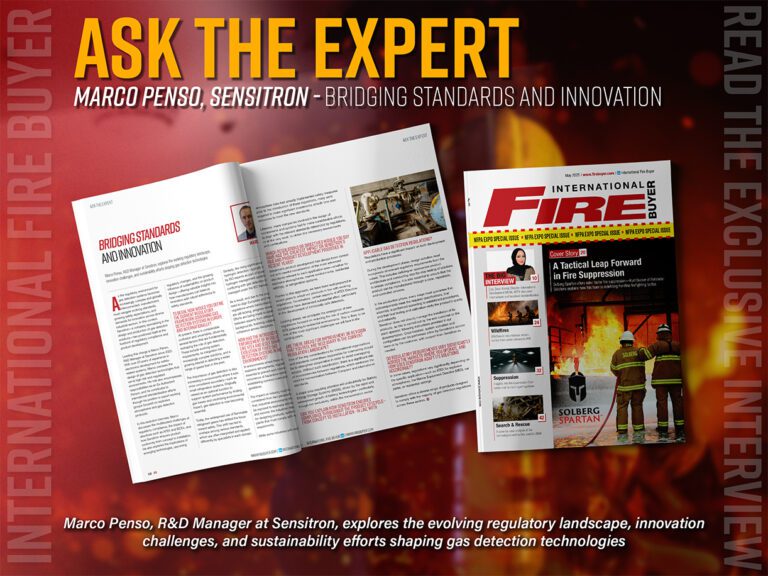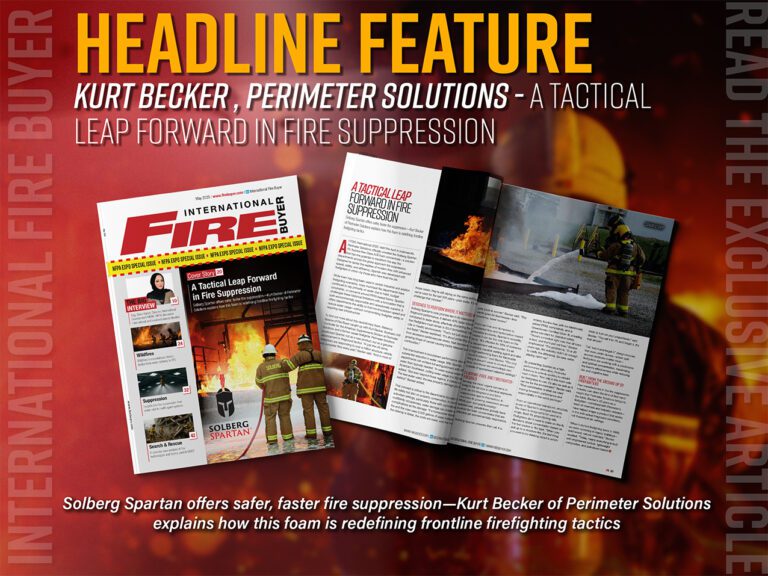The clock is ticking for all firefighting foams to become fluorine-free. We check up on the progress of this massive undertaking, as well as what challenges companies face
Recently, huge waves were felt through the fire industry when the announcement was made by the powers that be that fluorine-free firefighting foams would become the standard for the foreseeable future. A strict 18-month deadline was put in place – after this, fluorinated foams would be no more. This deadline was served in a bid to halt the destructive march of climate change: while fluorinated foams staunchly served their purpose of eliminating fires in record time, the effect they had on the natural environment could not be ignored. Patches of vegetation that suffered prolonged exposure to these foams meant that plants would never grow again in these areas for up to a decade – this is unacceptable in the world’s crusade to help the natural world heal. Every sector in every industry in every area of the world must all do their part to aid in this process.
Making this transition has not been without its challenges. A mad scramble from foams manufacturers everywhere to produce a new product without a pivotal ingredient that also has the same extinguishing power as its predecessor has proven difficult, to the point where many associations and companies believe the year-and-a-half transitionary period is not nearly enough time to ensure demands are met. Recently, a letter to the European Union from the International Association of Fire and Rescue Services (CTIF) has requested an extension to this deadline, from just a year and a half to 10 years. While the ability to replace all of the previous foams could be deemed feasible within this time, they claim, it would not be financially sustainable for a lot of smaller fire stations, as they would be disposing of large surpluses of perfectly usable product that could be used in areas where easy access to new product could prove difficult. Additionally, the cost required to educate and train these smaller fire services in the usage of these new foams could further compound on the issue, as fluorine free foams behave differently to the foams that they are more familiar with. A slight adjustment to the equipment that is required to disperse the product, as well as understanding the differences in maintenance and upkeep that comes with it, could also prove costly for fire stations that do not have these kinds of expenses available.
While it must be stated that the CTIF fully support the move away from these harmful products, they believe that such a sharp transition will only lead to harmful disposal of the wasted fluorinated product: most iterations of old foams have a 10-year shelf life – production of these foams has already ceased entirely but the added time is needed to safely substitute the old with the new. This added time will allow replacements to slowly phase out the previous stock at a rate that doesn’t harm the finances of every local fire station. The CTIF looked to previous transitionary periods for foams in order to deduce this deadline: in the past, the move towards “C6-based” fluorinated foams resulted in a five-year transition – 10 years, then, was deemed by the CTIF to be the absolute minimum requirement to make a change on a much larger scale.
To read the rest of this feature, see our latest issue here.
Never miss a story… Follow us on:
International Fire Buyer
@Firebuyer
Fire Buyer
Media Contact
Louis Curtis
Editor, International Fire Buyer
Tel: +44 (0) 1622 823 922
Email: [email protected]




































